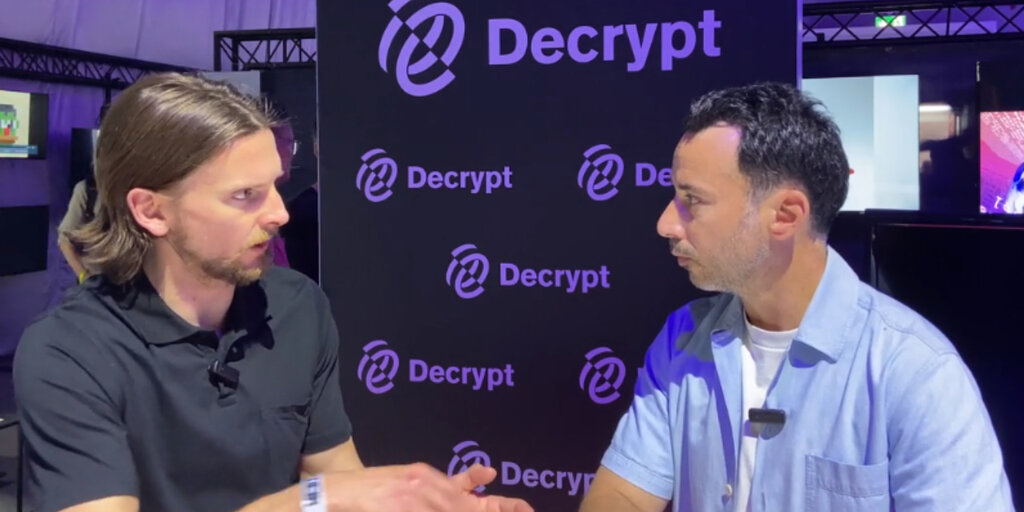TIME President of NFT Haters: “I don’t understand the politicization of a technology”
by James · October 22, 2022
In accordance TIME President Keith Grossman, Web3 was not part of the plan.
In an interview with Decrypt at the Mainnet conference in New York, Grossman shared the story of how TIME was changed forever through crypto and NFTsand offered his thoughts on Web3 skeptics.
“The main plan was never to bring TIME into Web3,” Grossman said. “We really rehabilitated a brand that had been neglected for ten years.”
Until COVID created national isolation and an even deeper dependence on the internet, that is. The global pandemic made Grossman realize that from his location in upstate New York, his digital identity was as important as his physical one.
The manager has been interested in cryptocurrency since he worked at THE CABLE in 2014, where he pushed for the company to buy a new computer for a story about mining Bitcoin in the office.
But what had been seeping for years finally solidified for Grossman when Nyan Cat, a viral GIF of a rainbow-spitting feline with the body of a PopTart, sold as an NFT for 300 ETH in February 2021 (about $587,000 at the time).
Not only did Grossman see NFTs as a business opportunity—he also sees a parallel between memes and NFTs.
“The cover of TIME— the red border — for 99 years has been a meme,” he said, calling TIME‘s cover an “analog meme.”
When Grossman got TIME into the NFTs in September 2021, everyone was asking him if he was crazy.
“I’m just a geeky guy who likes technology,” Grossman said.
TIME has since released five NFT compilations, announced an NFT collaboration with the rapper Timbalandput the question about TIME with Ethereum co-founder Vitalik Buterin on the blockchainand launched NFTs for Ukraine relief and of the past TIME coversto mention some.
Now – about a year later –TIME has earned over $10 million in profits from its NFTs alone.
Grossman is mystified by the thinking of NFT and Web3 skeptics, who often post venomous, anti-NFT memes online.
“I don’t understand the politicization of a technology,” he said.
But NFTs have sparked a massive shift in the way many people view digital scarcity – a change some may despise because they can’t control it.
“People love to say they love change,” Grossman said. “But people actually don’t love change when they either don’t understand where the change leads or they don’t control the change themselves.”
Despite the controversy surrounding NFTs, Grossman’s stance on Web3 is unwavering—he believes the community will move toward adoption via what he calls a “state of experience,” focused on the lived experience, rather than on the underlying technology.


